At some impressionable age, I was told that Christopher Columbus discovered America in 1492. For a while, I thought he discovered Florida and the fountain of youth, but that was some other guy. I have come to learn that Columbus “discovered” an island in the Bahamas that was already occupied by naked people.
Ten years later, in 1502, Columbus “discovered” Costa Rica, which likewise was already occupied by several groups of indigenous people. King Ferdinand of Spain sent an expedition to explore and settle in the country in 1506, lured in part by tales of an abundance of gold. The Spaniards established a settlement in Cartago (near present-day San José) in 1563 and continued to develop settlements in Costa Rica through the 18th Century.
In 1821, Costa Rica declared its independence from Spain. Under the leadership of Juan Mora Fernández, Costa Rica emerged as a democracy. By the mid-1800s, coffee had become the country’s principal export. In 1849, Juan Rafael Mora, a coffee grower, became president, and in 1856, he raised an army to repel an invasion led by North American adventurer and slave-promoter, William Walker. Mora’s army of 2,500 men confronted Walker’s mercenaries, and after a 14-minute battle, Walker’s invaders fled to Nicaragua. As for Mora, soon after winning election in 1859, he was ousted by his enemies. He attempted a coup the following year, but failed. He was executed by firing squad in 1860. Today, Mora is considered a national hero.
Costa Rica held its first democratic election in 1889. In 1940, Rafael Angel Calderón was elected president. Calderón instituted social reforms, including social security, land reform, a guaranteed minimum wage, collective bargaining and workers’ rights to organize. Calderón also founded the University of Costa Rica.
Civil war broke out in 1948, instigated by Pepe Figueres, coffee grower and outspoken rival of Calderón. After the 40-day civil war, Figueres became interim president and drafted a new constitution, which prohibited presidential reelection, dissolved the communist party in Costa Rica, granted women and blacks the right to vote, abolished the army, and established a neutral body that would oversee future elections. Figueres maintained all of the social reforms that Calderón had established. Figueres was elected president in 1953 and again in 1970. He is remembered as one of Costa Rica’s greatest leaders and a crusader against political corruption.
In 1986, Oscar Arias was elected for president. Arias was awarded the 1987 Nobel Peace Prize for his persistent efforts to promote peace in Central America. In 2010, Laura Chinchilla became the country’s first woman to be elected president. The current president, Luis Guillermo Solís, was elected in 2014.
Costa Rica, with a population of 4.9 million, is about the size of West Virginia. The country lies between the Pacific Ocean and the Caribbean Sea and is bordered on the north by Nicaragua and on the south by Panama. We arrived in the capital, San José, at 2:00 in the morning on June 10 to begin our own discovery of Costa Rica.
Our trip included a day in the capital, San José, where we visited the Museo Nacional and the Museo del Oro. The next day, we flew in a Cessna aircraft to a landing strip near Tortuguerro on the Caribbean side of the country. We stayed three nights at Tortuga Lodge, enjoying excellent food, knowledgeable guides, friendly and caring staff, a delightful swimming pool and lush gardens containing tropical plants and exotic wildlife. Leaving Tortuguerro, we flew across the country to sample the Pacific side at the beautiful beach town of Playa Hermosa. We stayed there three nights, our room upgraded to an ocean-view with a Jacuzzi on the deck. After swimming in the Pacific, swimming in the pool and soaking in the Jacuzzi, we said goodbye to Playa Hermosa and returned to San José for our final half-night in the country.
We planned our itinerary with the help of Costa Rica Expeditions (CRE). CRE made all of the hotel recommendations and booked our reservations. They provided in-country air and ground transportation as well as guides to tell us about the country and answer our questions and drivers to make sure that we got where we needed to be safely and on time. They took care of numerous other details for us, allowing us to avoid the stress of dealing with those details and to simply enjoy our visit. The service provided by CRE was outstanding.
I took almost 600 pictures in Costa Rica, and about 150 were pretty good. I selected the 69 best, and from that group, I picked the 25 pictures that are included in this post.
You enter the Museo Nacional in San José through a butterfly garden, highlighted by Morpho butterflies. In this picture, you see the “dull” side of the wing. Hidden until they extend their wings to fly, the top side is a stunning, bright blue.
There were also many unusual flowers in the garden.
The museum contains an exhibit of pre-Columbian art, including beautiful pottery and rock carvings.
This brightly-painted wooden cart is practically hidden in a stairwell leading to the restrooms. Our guide, Eddie, explained that carts like this were used to carry the coffee crop to market.
The Museo del Oro contained a large collection of gold artifacts. Here are only two examples of the hundreds of gold items that we saw at the museum. Most of the gold items represented animal or human figures.
The Gold Museum also included a collection of other artifacts, including this pottery monkey figurine.
On June 11, after disembarking from our Cessna, we were taken across the Tortuguerro River by boat to the beautiful Tortuga Lodge. The view from the deck outside our room is the featured picture at the top of this post.
The lodge gardens contain exotic flowers, breadfruit trees and monkeys.
It’s a jungle out there beyond the lodge gardens, but one afternoon I took a walk on one of the trails. I was lucky to get one picture of the 1-inch long poison dart frog.
Iguanas roam the grounds at the lodge. This one ambles through the dining room at lunchtime.
On Saturday, June 13, we took a boat tour up the Tortuga River and into the national park. Norton, our guide, was amazing, spotting birds and other animals that we were able to see only because he pointed where to look.
A loud thunderstorm awakened us during the night before our departure. There is nothing quite as romantic as lying safely in bed, while outside lightning illuminates the sky and howler monkeys compete with the sound of thunder. In the morning, the lodge gardens were refreshed, and all of the flowers were especially beautiful.
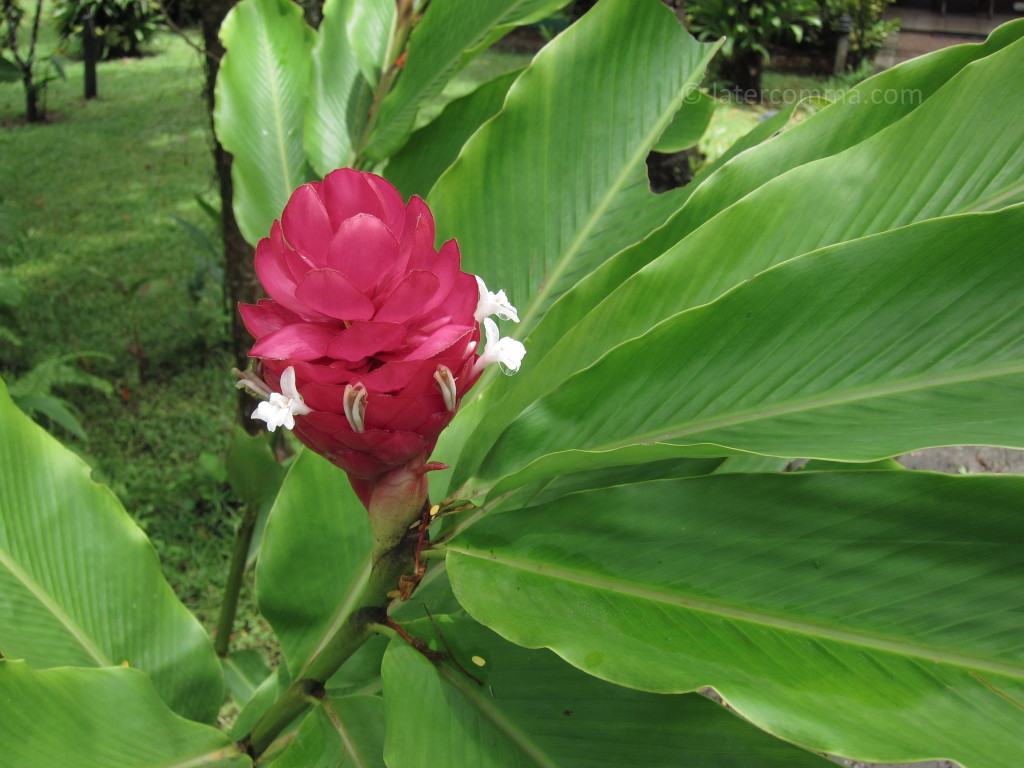
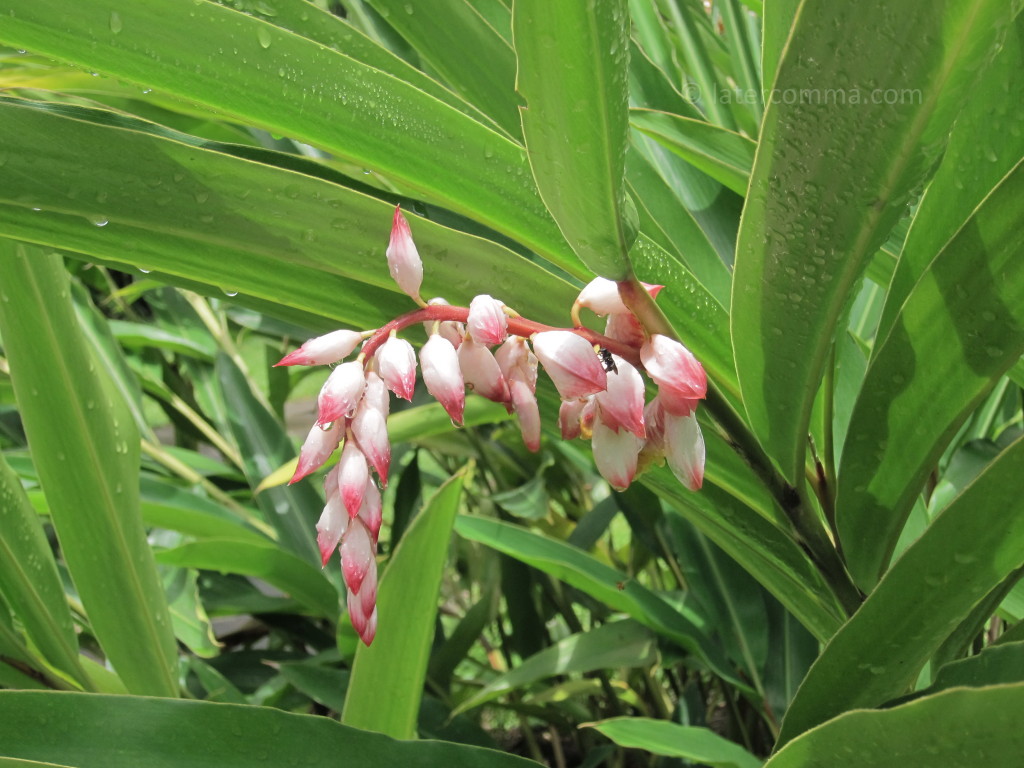
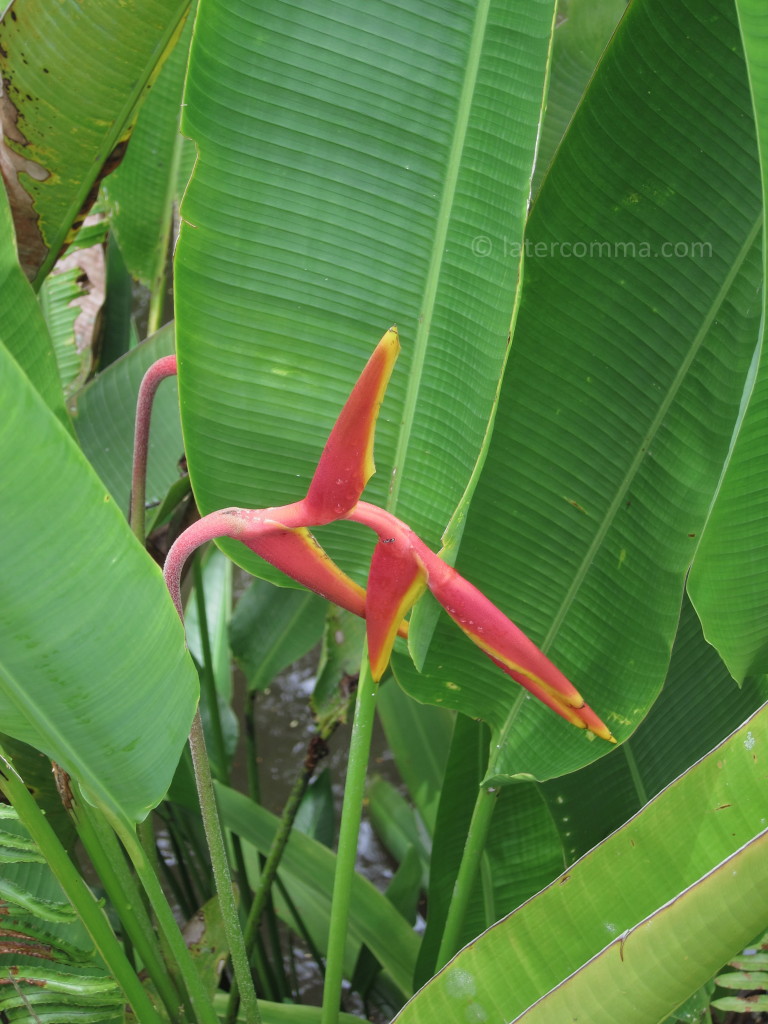 When we left Tortuguerro, we flew across the country to Playa Hermosa, a small town on the northern Pacific coast.
When we left Tortuguerro, we flew across the country to Playa Hermosa, a small town on the northern Pacific coast.
One night we had a fabulous dinner of tuna steaks at La Casita Del Marisco.
The last picture for this post is of the sunset at Playa Hermosa on our last night, our 40th Anniversary.
The next morning, we flew back to San José. After checking into the Hotel Grano De Oro, we took a walk to walk to the famous Mercado Central and Sabana Park. Our finale dinner in Costa Rica was at the hotel’s restaurant, one of the finest in San José.
Corvina Macadamia
Empanizada con macadamia tostada, salsa liviana de naranja fresca
(Costa Rican sea bass breaded with toasted macadamias, light orange sauce)
Robalo Provençale
A la plancha, tomates frescos, cebolla confitada, aceitunas
(Sauteed Snook, fresh tomatoes, confit onion, sundried olives)
Tres Leches
Postre típico de Costa Rica
(Three milk cake…a typical Costa Rican dessert)
As the Ticos say: ¡Pura Vida!
Views: 2
Some other stuff for later,
- 62The English version of this post—We Discover Costa Rica—was posted here on June 28, 2015. This Spanish translation is my own and may contain errors. I invite native speakers of the language to comment on my errors and to suggest corrections. Aquí está una traducción en español de We Discover…
- 30“Washington, D.C” has become synonymous with dysfunction and division, an international punchline if it were not so tragic and so consequential. Why then visit the place, as we did this year in April? One good reason is that there is so much there to see and to experience. Indeed, the…
- 29My wife and I recently returned from a trip that included a two-night stay in Savannah, Georgia. Neither of us had been there before, yet some source deep in memory gave me the notion that we would find a charming, picturesque and historic place. In preparation for our visit to…
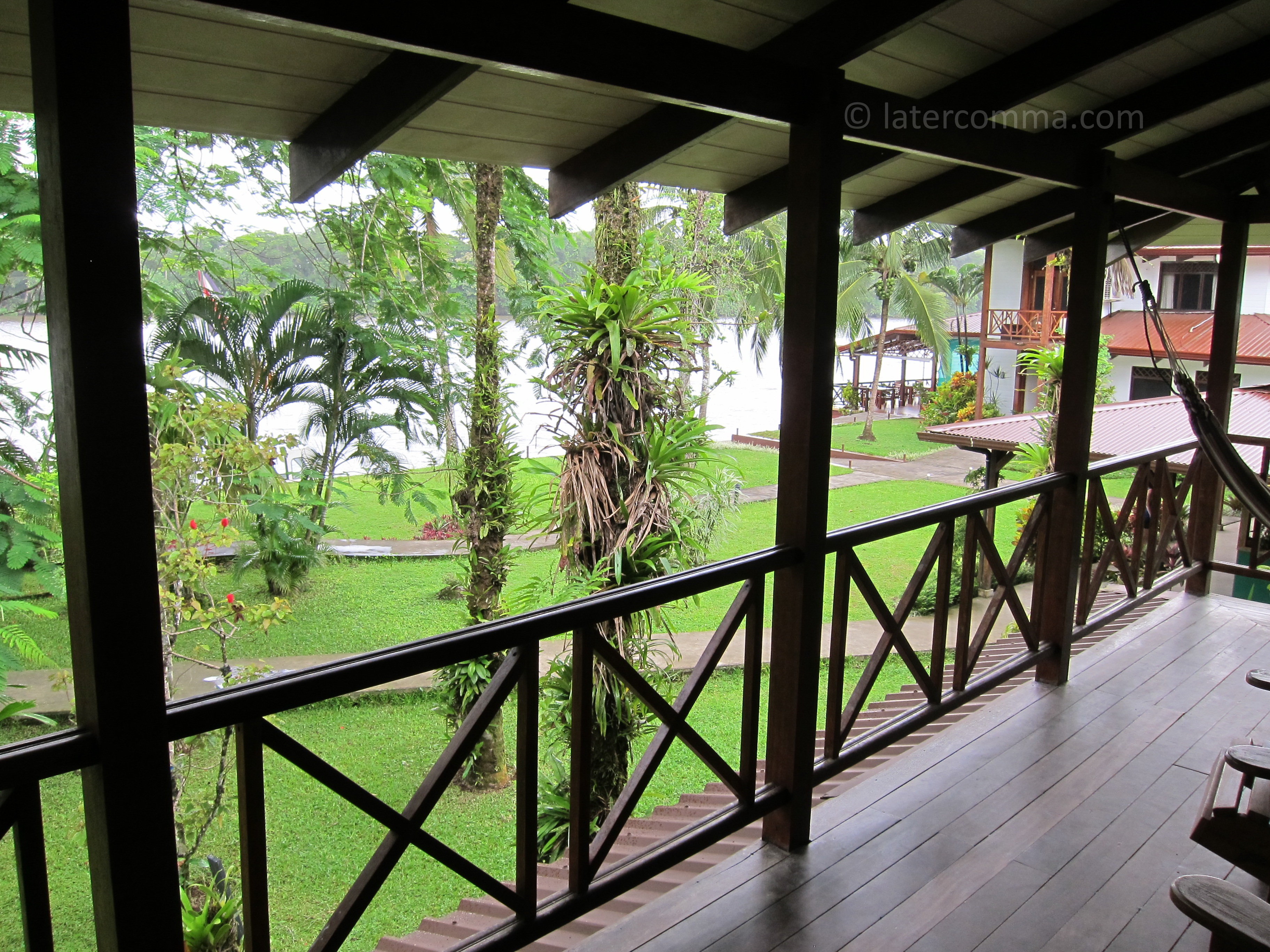
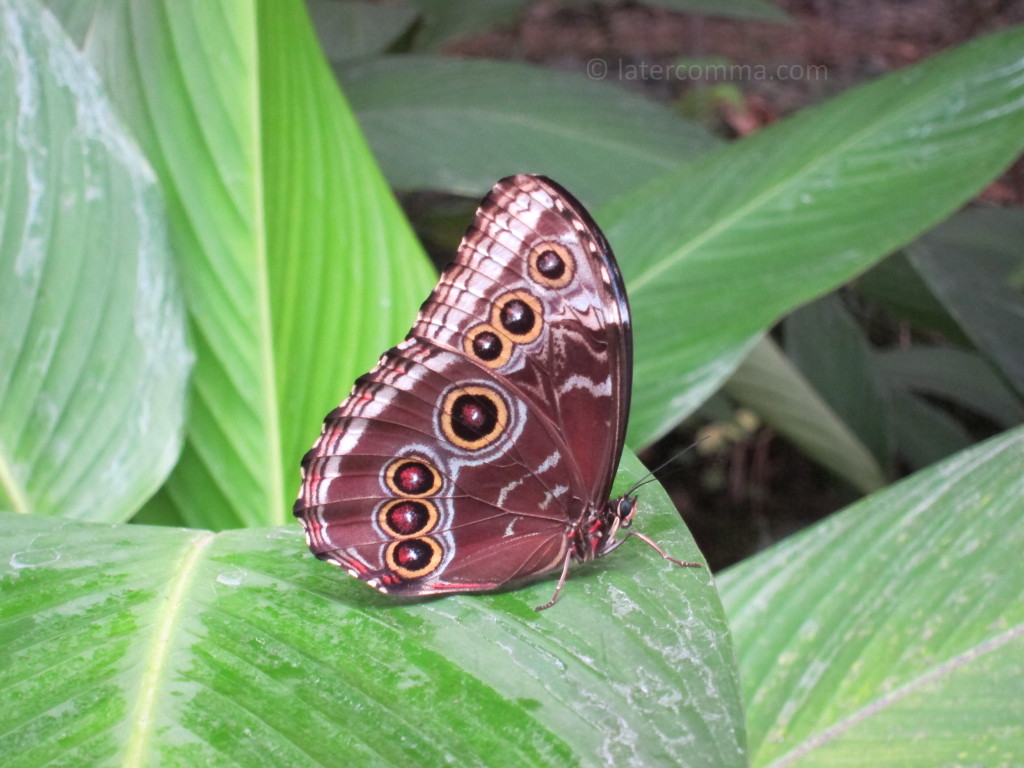
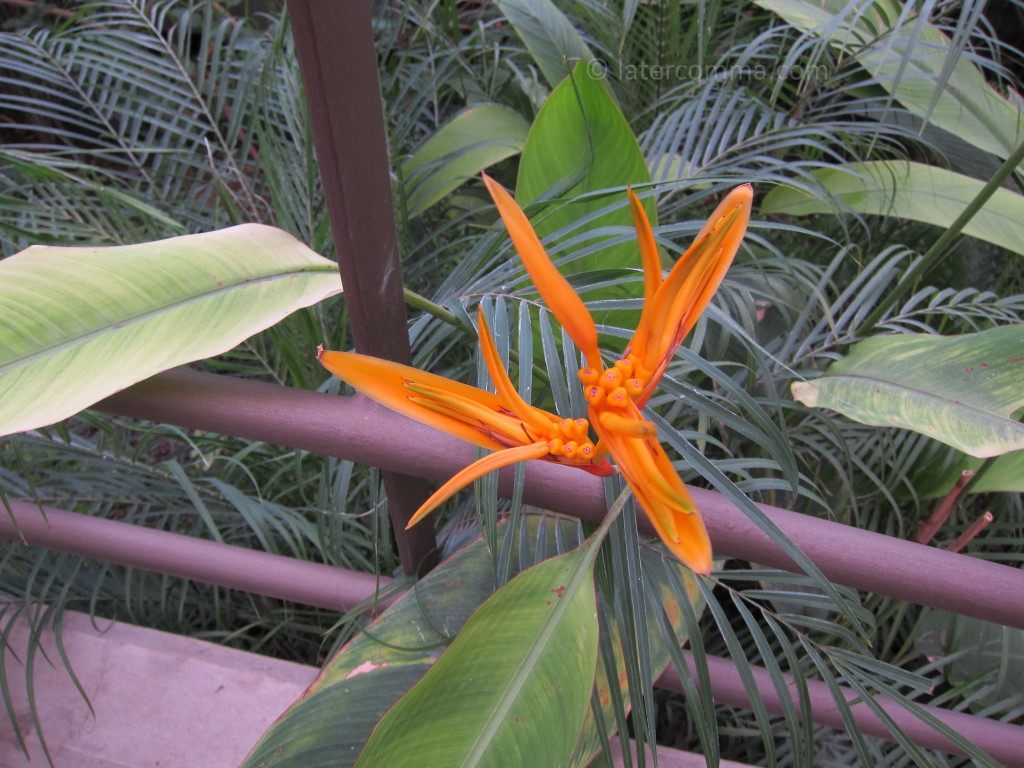
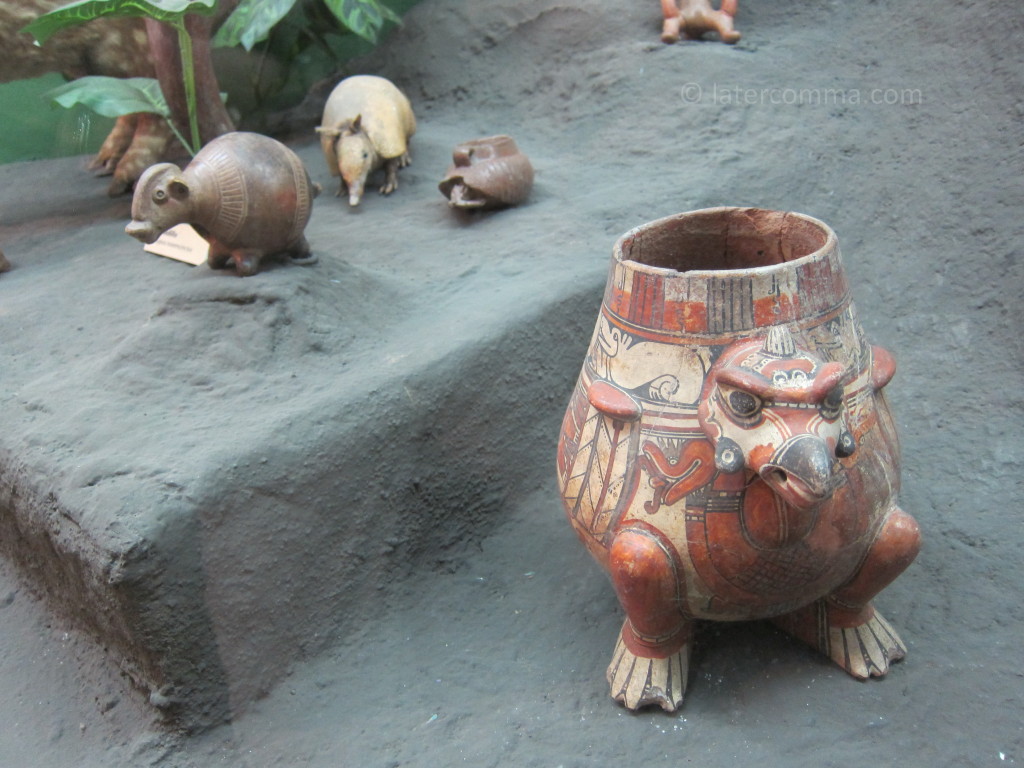
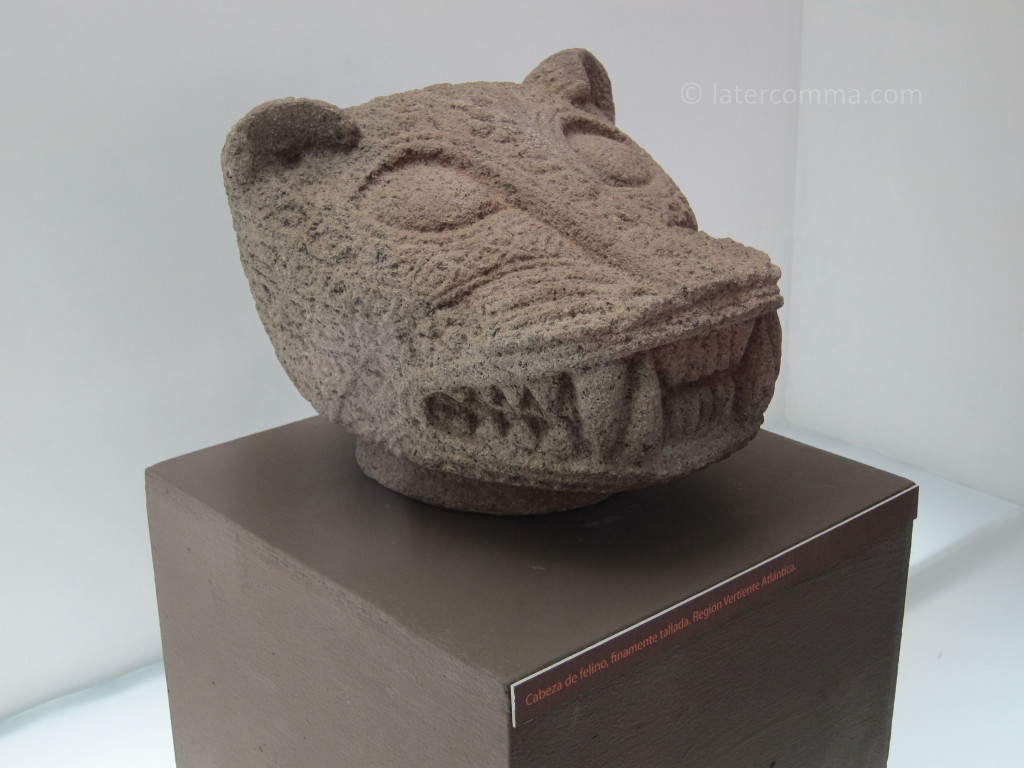
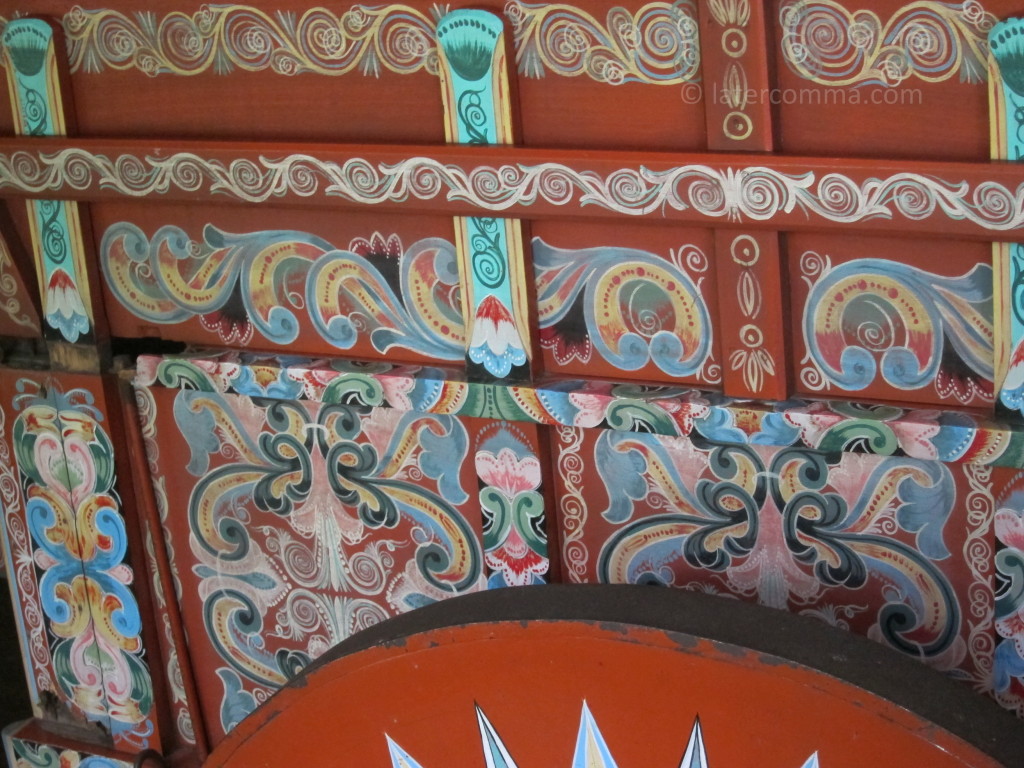
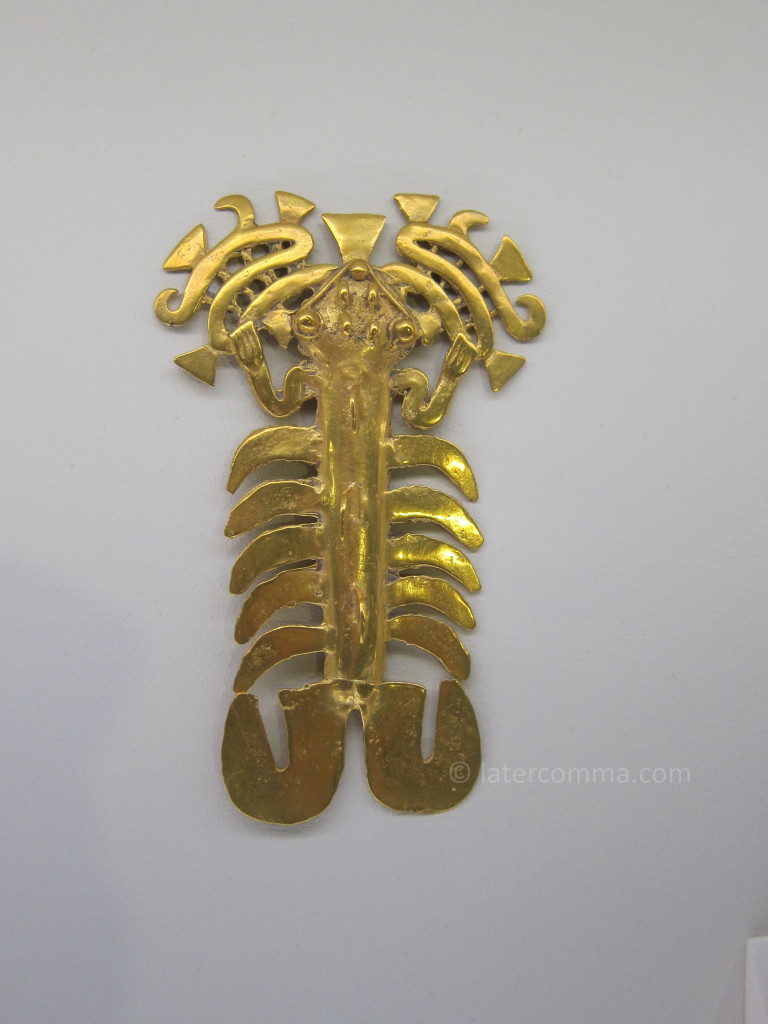
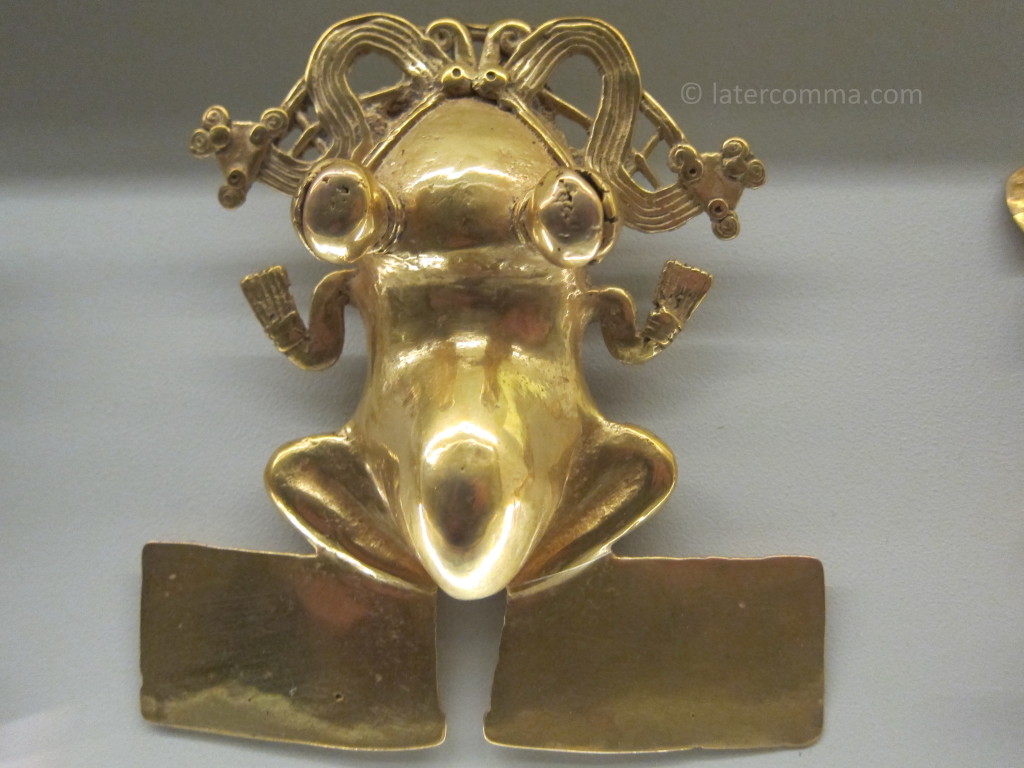
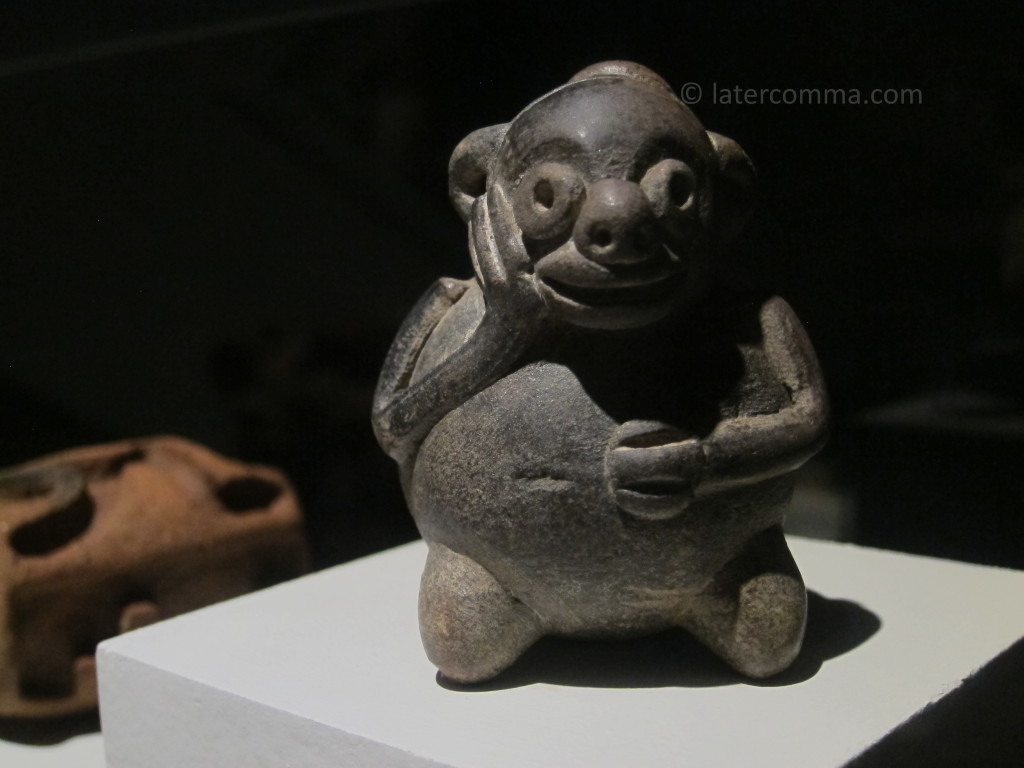
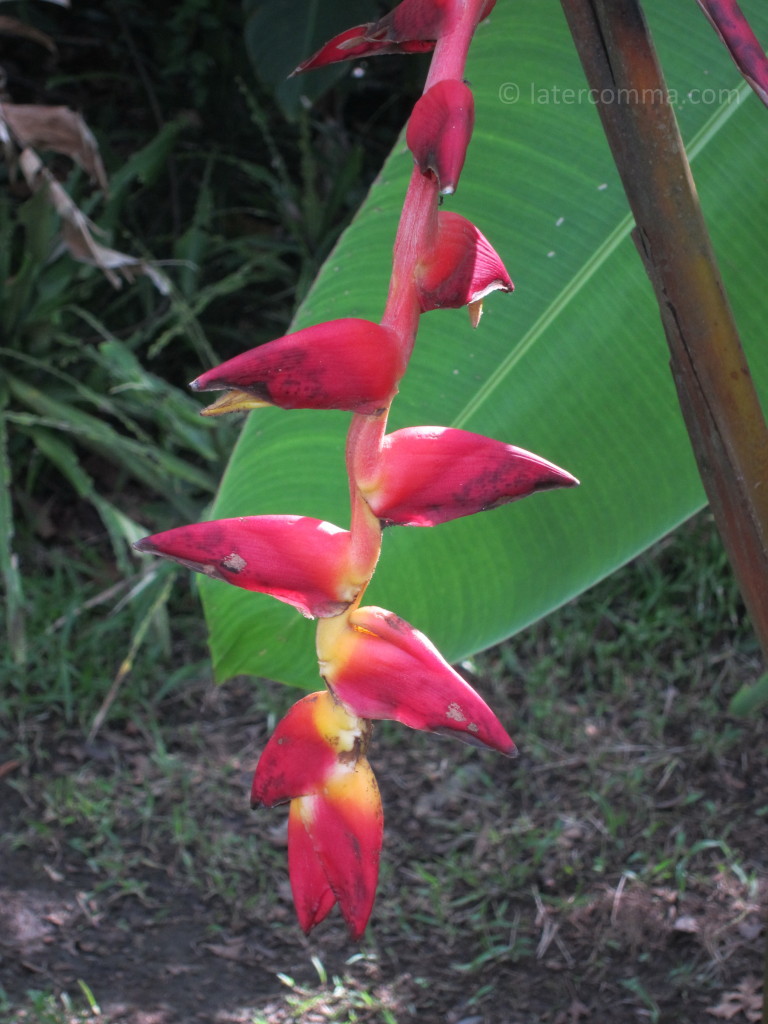
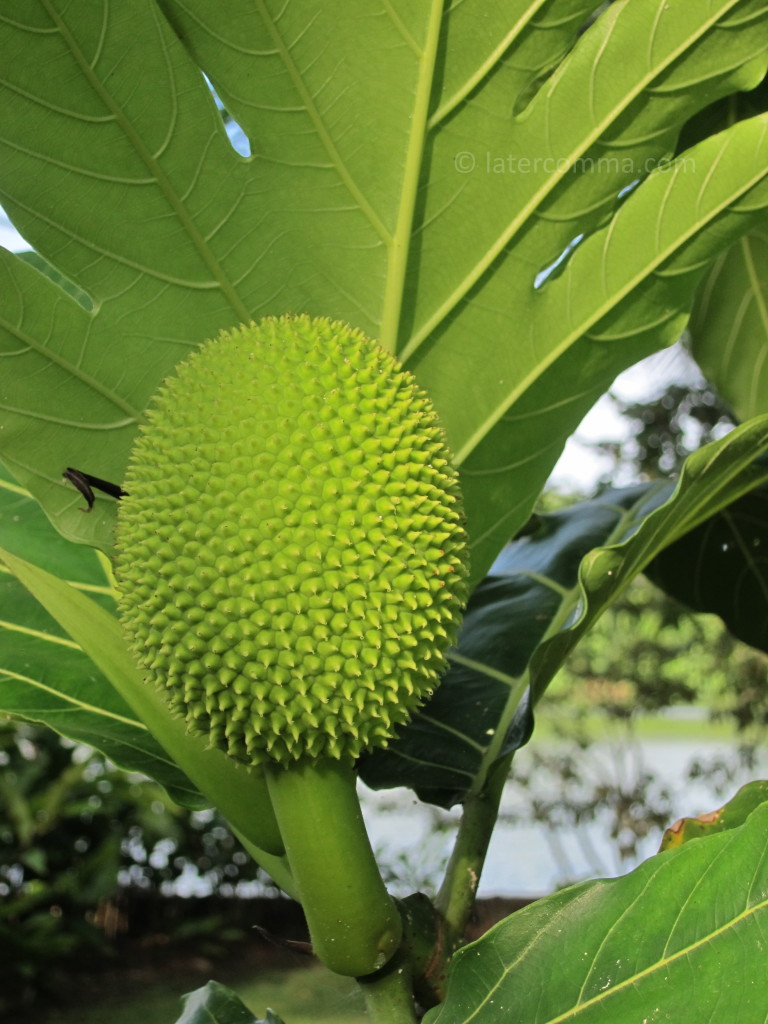
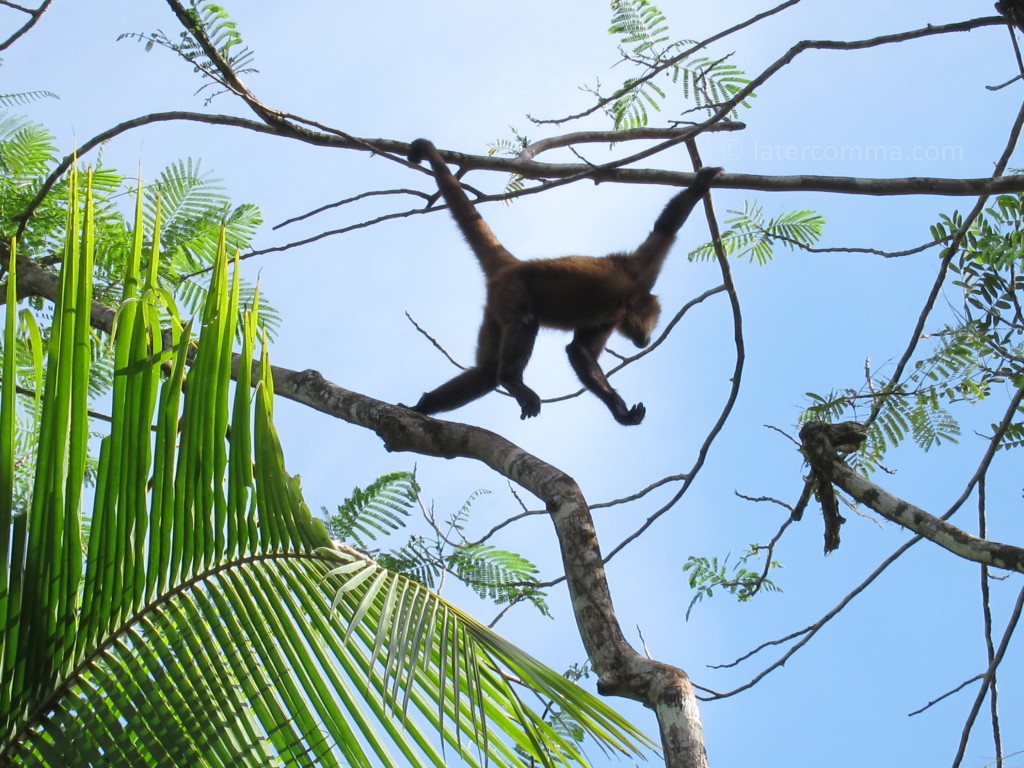
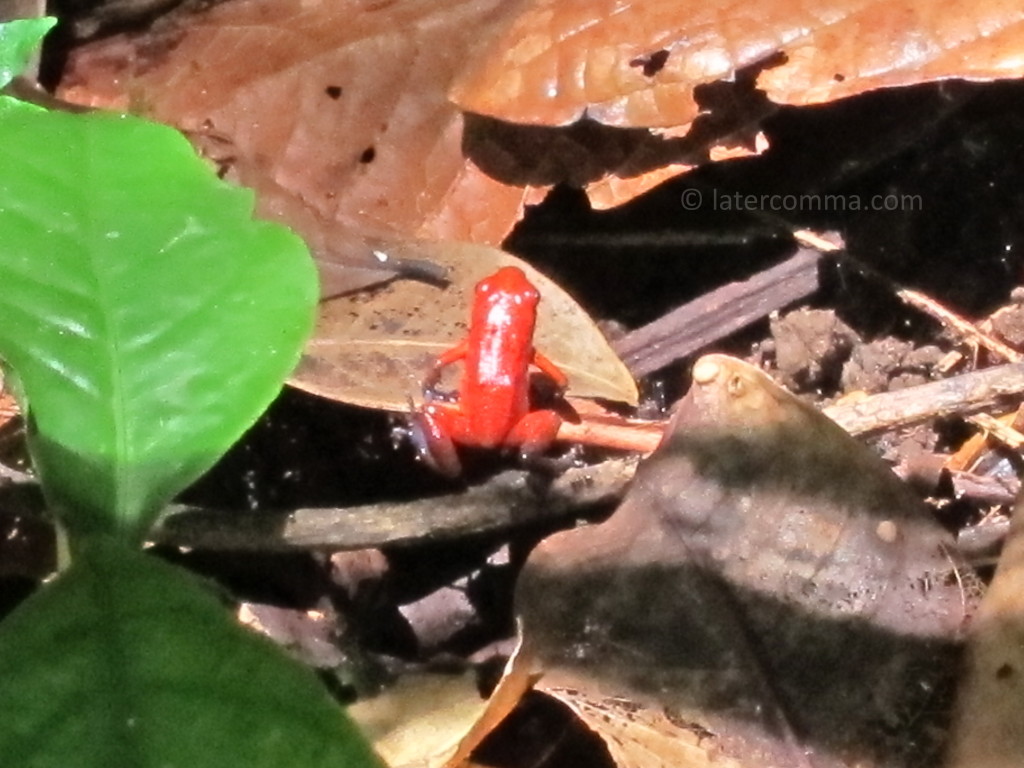
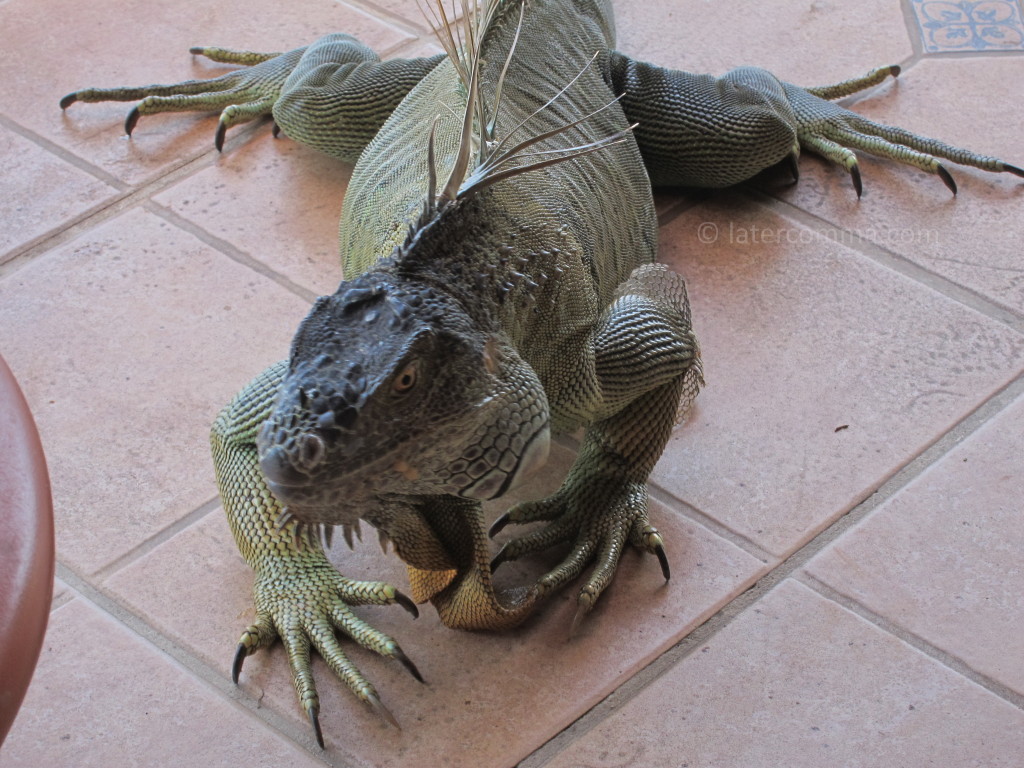
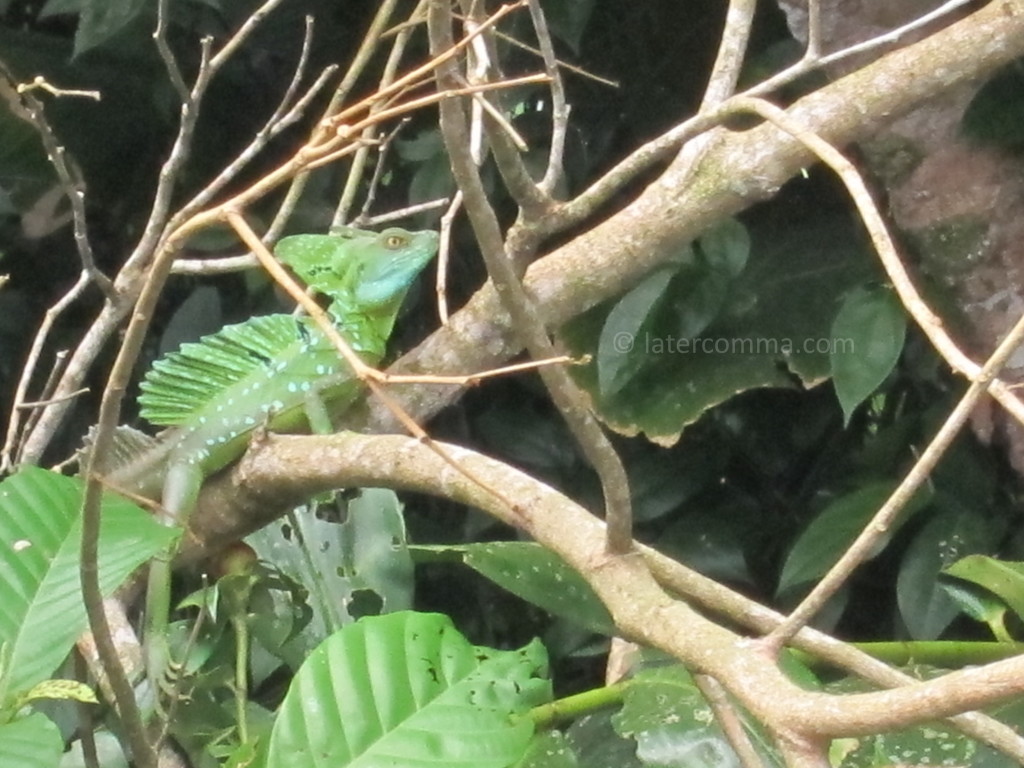
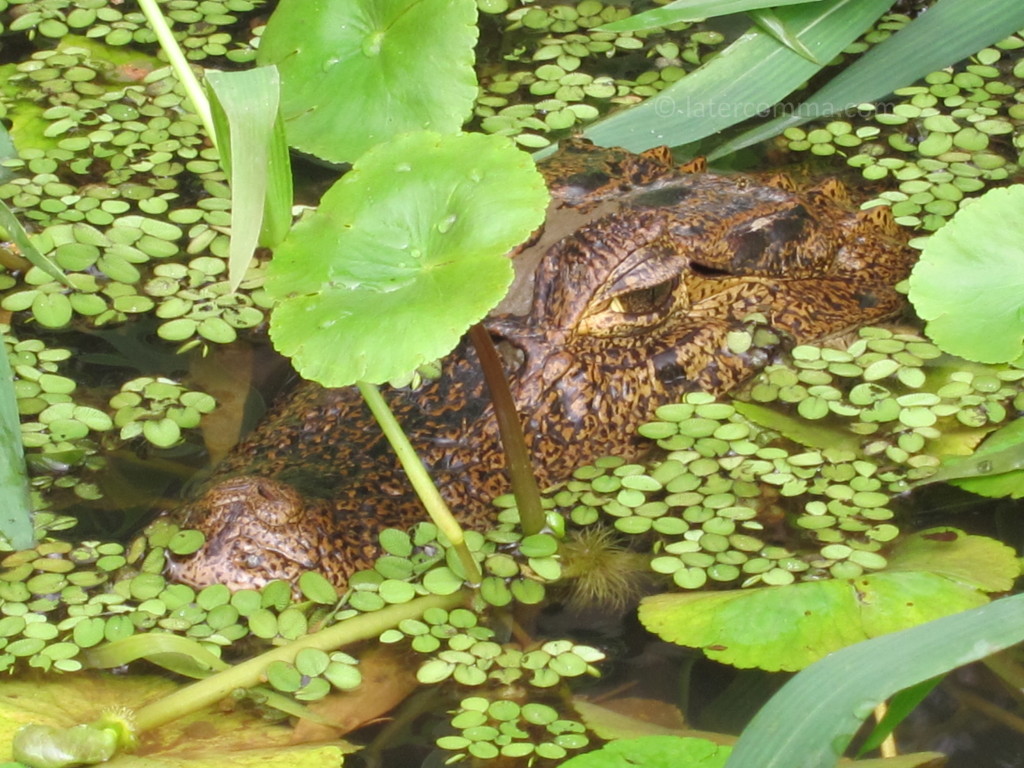
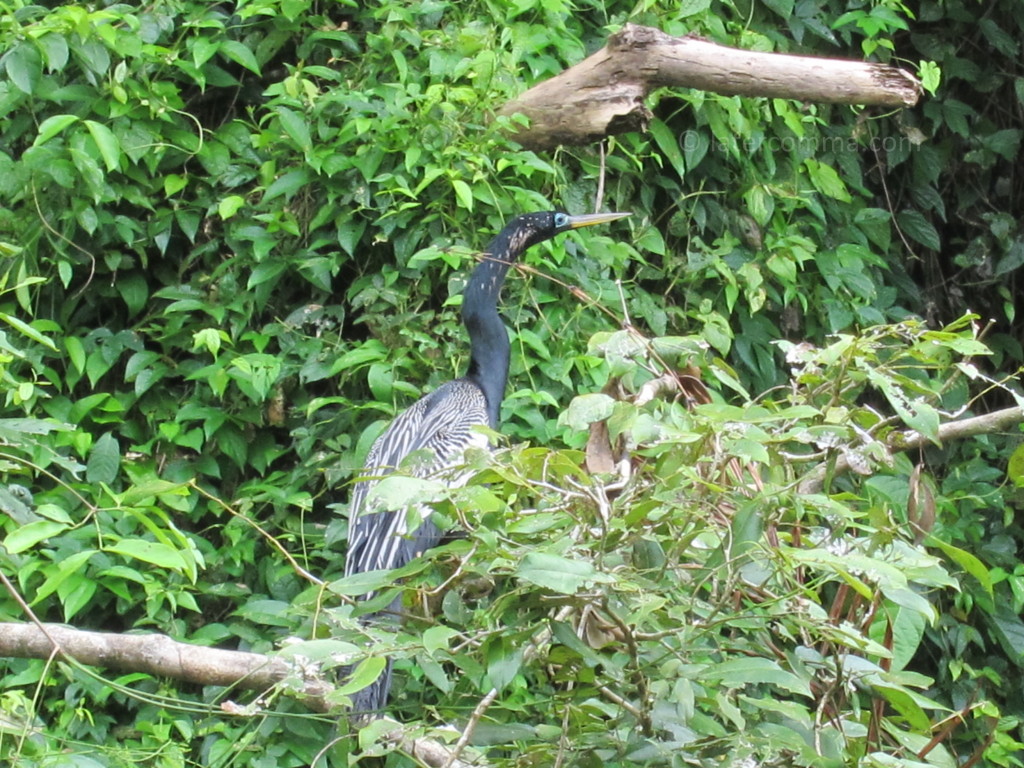
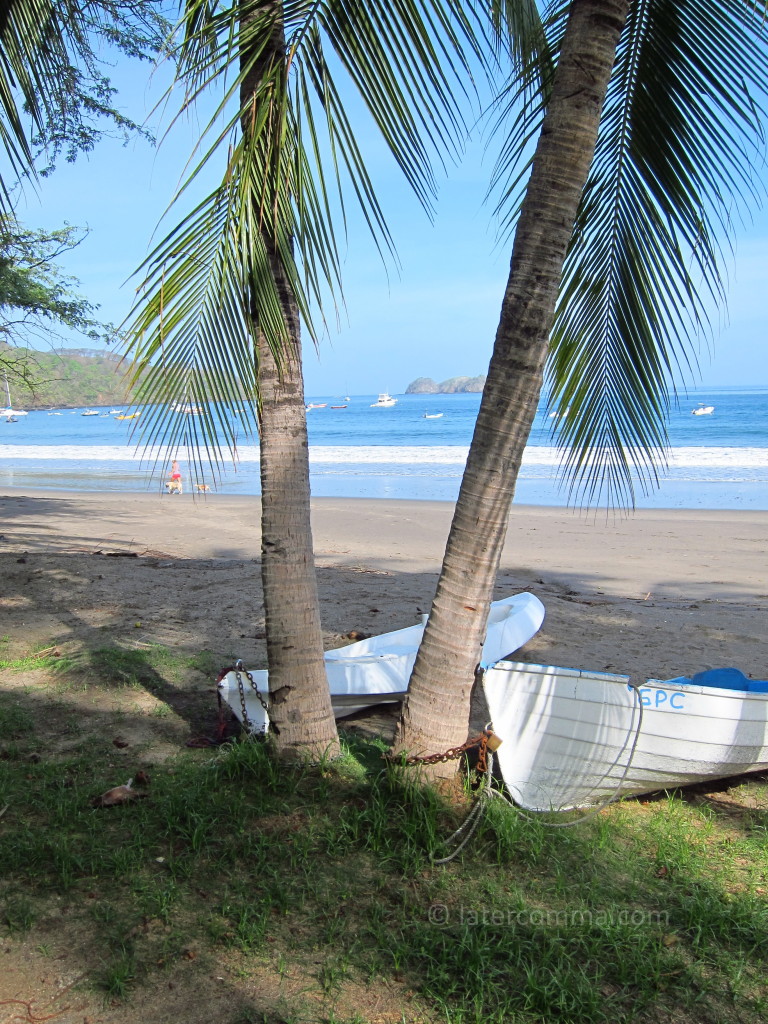
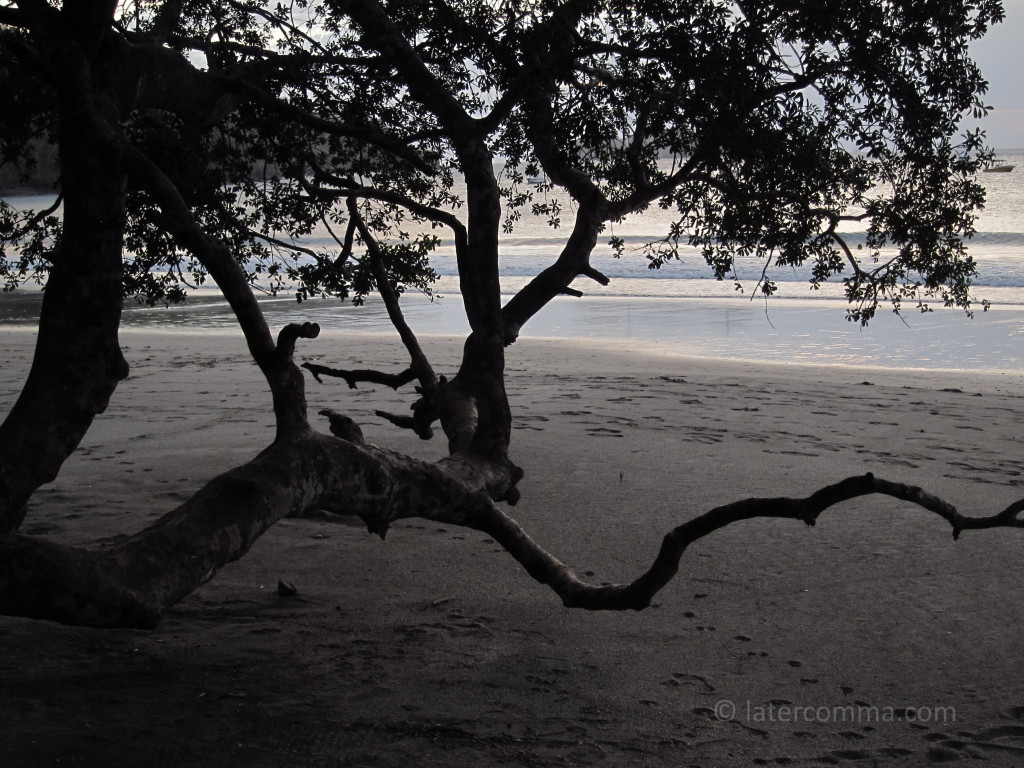
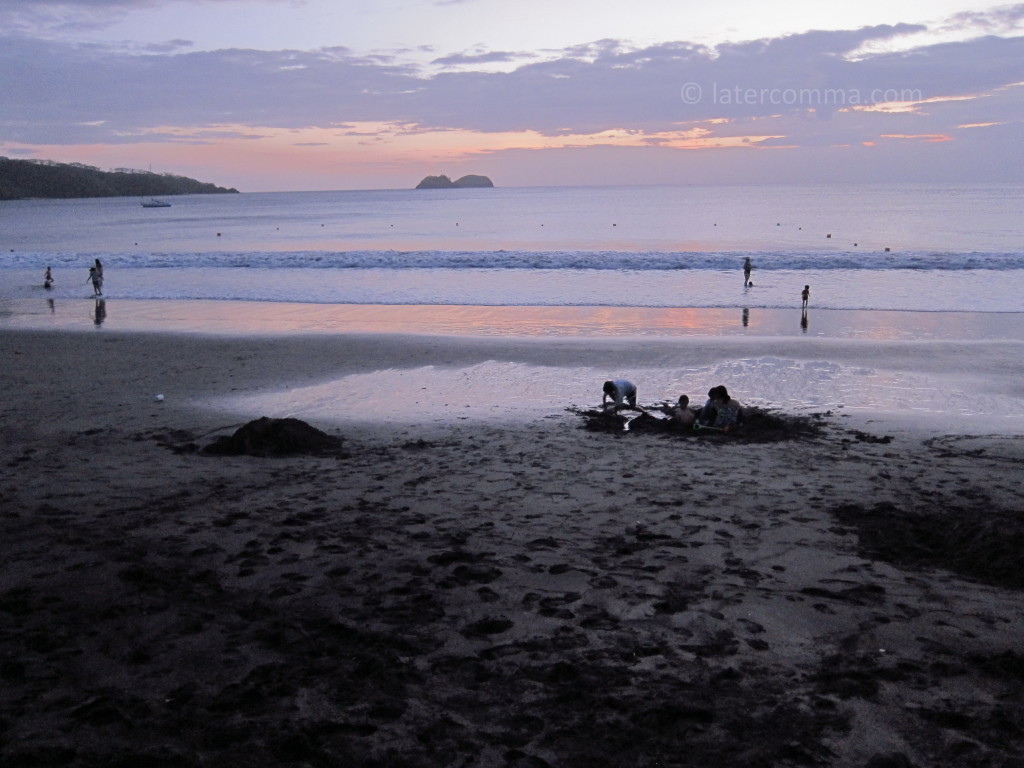
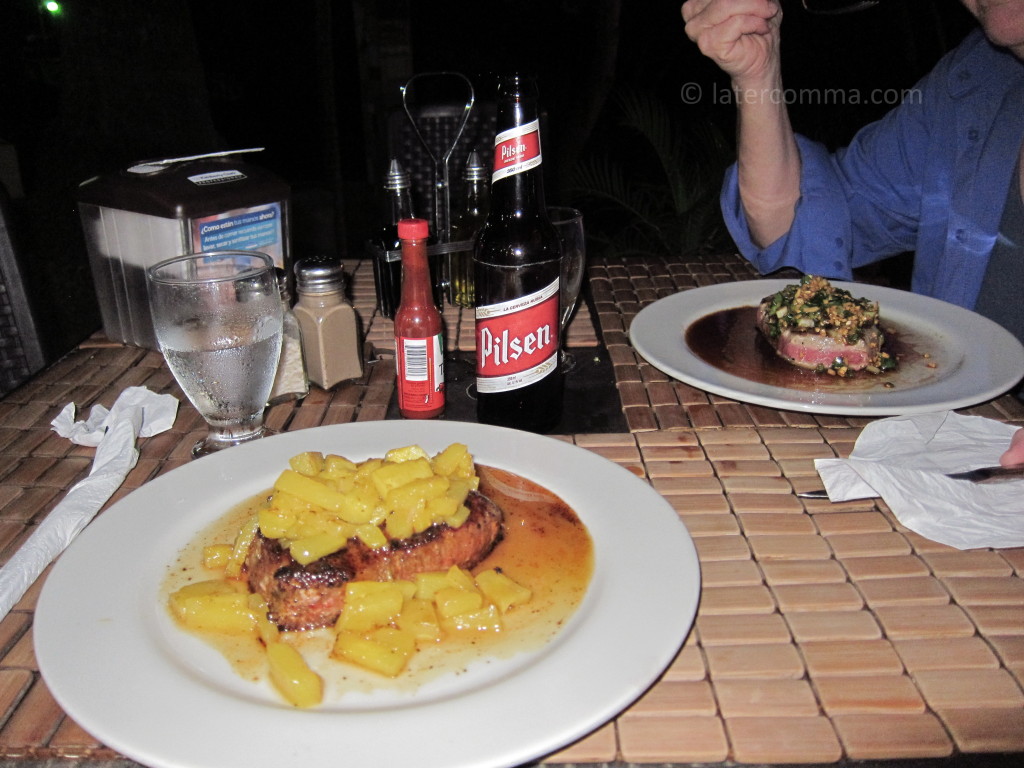
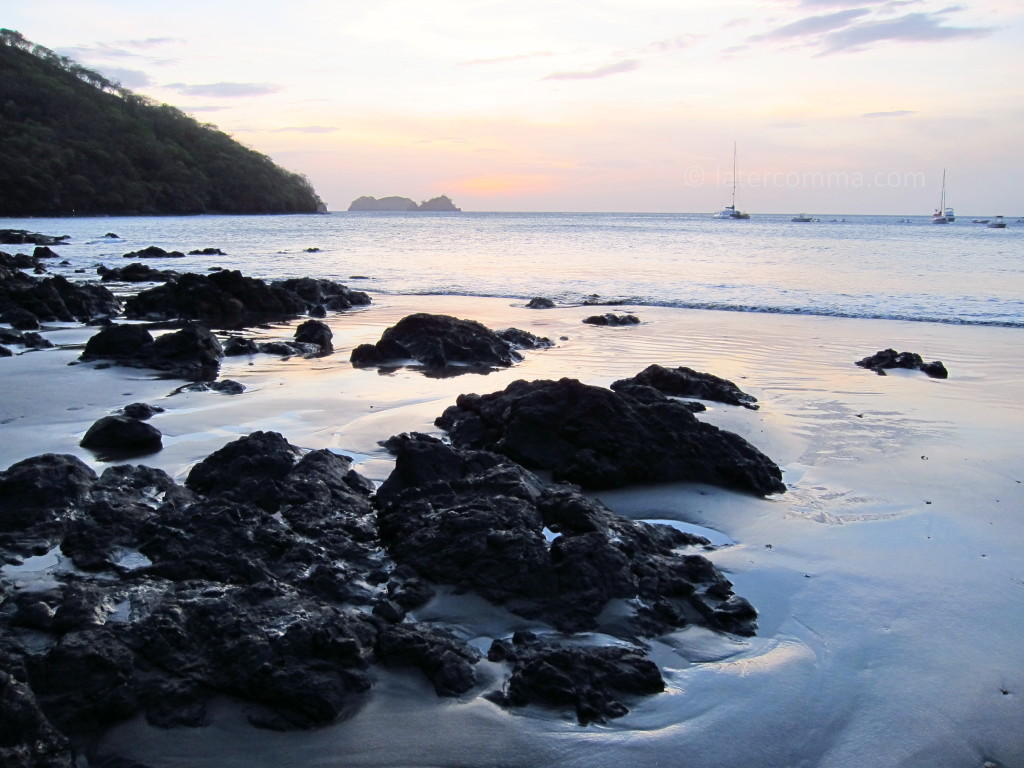
Leave a Reply